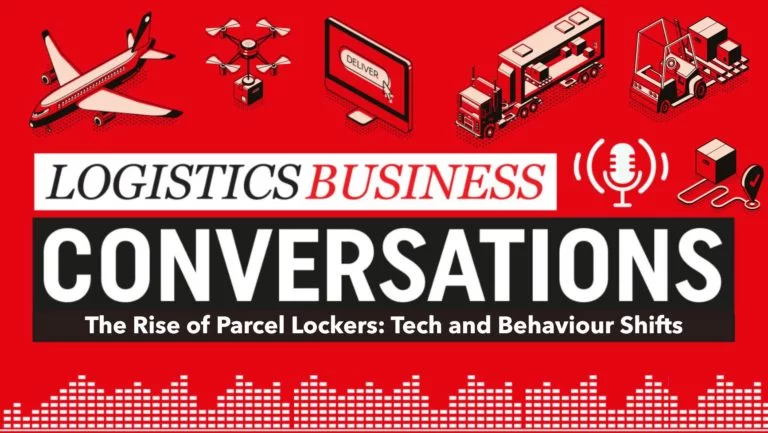For 50 years, Ornestation Mors has been a family-owned business, now responsible for 40% of Denmark’s sales of boar semen for pig breeding. Their slogan says they ‘lend a helping hand’ and, while producing boar semen remains a manual craft, Ornestation Mors knows where their time is best spent – and it’s it is not on manually handling pallets. Instead, PALOMAT® provides an automated helping hand for their daily warehouse operations. The company sought a more efficient and ergonomic way to handle their pallets.
Focus on Order
Boar semen is a core product for Ornestation Mors, but their product range includes over 4,500 different items, from agricultural supplies to coffee, sold and delivered daily, primarily to farms across the country. A large and well-stocked warehouse like theirs involves significant pallet handling. After encountering PALOMAT® at the HI trade fair, they started to reconsider their approach: “We handled our pallets, of course, but there was no order. There was no agreed-upon system for where pallets should or shouldn’t go. That’s when we realized we needed to make a change,” says Kenneth Markussen, co-owner and responsible for warehouse and purchasing at Ornestation Mors.
The company wanted to establish order in their warehouse and move away from manual pallet handling. A productive conversation revealed that a PALOMAT® could bring substantial benefits to the business, even though they had not realized the need before. “PALOMAT® approached me after the trade fair and offered us a trial unit. I was a bit hesitant, but we were allowed to test it for 14 days,” Markussen recounts. The PALOMAT® quickly became a permanent addition to their warehouse team, and employees found the solution efficient, effective, and easy to use.
Increased Efficiency and Profitability
For Ornestation Mors, implementing a PALOMAT® has been marked by user-friendliness and expert guidance. Their pallet flow involves both standard Euro pallets and single-use Euro pallets, which require a versatile pallet magazine – a need this machine met with ease. Initially, warehouse staff were sceptical about whether a new machine could truly ease their workload, given their modest pallet flow. “We don’t handle a huge number of pallets manually, but the ones we do are handled multiple times a day,” Markussen explains.
Despite concerns that a PALOMAT® might not make a significant difference, the potential gains were prioritised. Fortunately, the company quickly realised that the PALOMAT® is easy to use and offers multiple advantages. It speeds up and simplifies pallet handling while creating more order and optimising warehouse space utilisation. Markussen adds with a smile, “Our staff doubted whether we really needed it, but they’ve come to see how useful it actually is. It’s very user-friendly and straightforward.”

With a PALOMAT® in their warehouse, Ornestation Mors discovered just how much time they spent handling pallets. Markussen notes, “We didn’t know we needed a PALOMAT®, but now we have a designated place for our pallets. It’s something we can communicate to our warehouse staff and the drivers who deliver goods overnight. Everyone can operate it, whether they have a forklift license or not. A pallet also lasts longer when handled with a PALOMAT®.”
Ornestation Mors has found a solution that is quick, simple, and efficient for everyone. A bonus benefit is the reduced number of damaged pallets, as they are handled at floor level. The company only noticed the hassle of manual handling once it was eliminated, experiencing great relief when their pallet processes were optimized. The benefits are clear – a PALOMAT® improves employee well-being by eliminating the need for heavy pallet lifting. The business has also gained efficiency and replaced scattered pallets with better order. “Creating order and more space has been the most important thing, along with ergonomics. No one has to pull down a pallet manually anymore – they just use the electric pallet truck to pick up a pallet,” Markussen explains. Now, all employees have a designated, ergonomic spot to drop off and collect pallets at floor level, regardless of whether they have a forklift license.
A Good Investment
The collaboration between PALOMAT® and Ornestation Mors is a story of two local companies leveraging their expertise to create greater value. PALOMAT® has helped Ornestation Mors achieve more order and space in their warehouse, along with a streamlined and efficient pallet-handling process that improves workplace ergonomics for employees. Markussen concludes that the PALOMAT® has been a worthwhile investment for Ornestation Mors and recommends it to other companies: “It has been a great investment in our employees’ well-being and daily ergonomics. I absolutely think it’s been an investment worth it all.”
similar news











